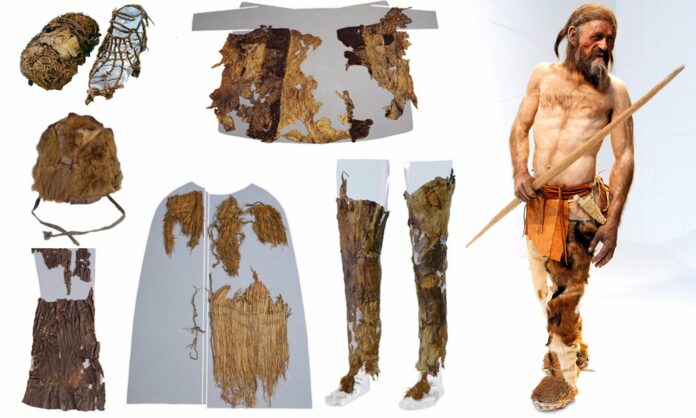Dressed in goat-leather leggings and a brown bear fur hat, the 5,300-year-old mummy showcased a distinctive style while navigating the Alps. Otzi the Iceman, discovered in the Italian Alps millennia after his death, left behind an extensive leather-based wardrobe and a variety of accessories. Scientists have painstakingly reconstructed Otzi’s attire and equipment, even determining his last meal. Let’s explore the intriguing details of what this ancient mummy wore and what it tells us about his era.
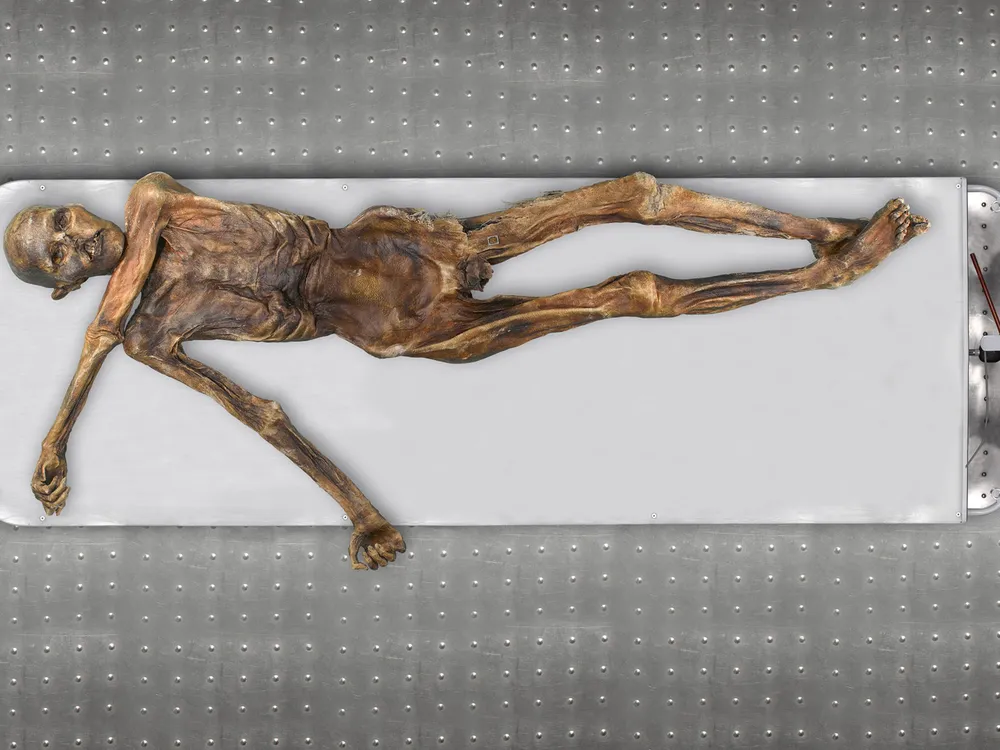
Discovering Otzi’s Ancient Wardrobe and Gear
Found in 1991 emerging from a glacier, Otzi is one of the oldest known mummified humans, predating Egyptian mummies by several centuries. Since his discovery, nearly every aspect of his life has been examined, from his vocal sounds and stomach contents to the cause of his death.

For over 25 years, his mummified body has offered a glimpse into early human history, providing insights into life in the Alpine region during the Copper Age. Researchers have meticulously studied Otzi’s wardrobe and weaponry, illuminating his fashion choices and the materials used in that period. His ensemble included a leather loincloth, leather leggings, a grass coat, grass shoes, and a fur hat made from brown bear fur. Additionally, he carried various accessories such as a stone dagger, bows, a leather quiver, and multiple pieces of fungi.
Interpreting the Significance of Otzi’s Clothing
Analyzing Otzi’s clothing is vital for understanding ancient manufacturing techniques and the fauna of his time. Preserved leathers offer invaluable insights into how animals were used during the Copper Age. Researchers took samples of his clothing for genetic sequencing to trace their origins.
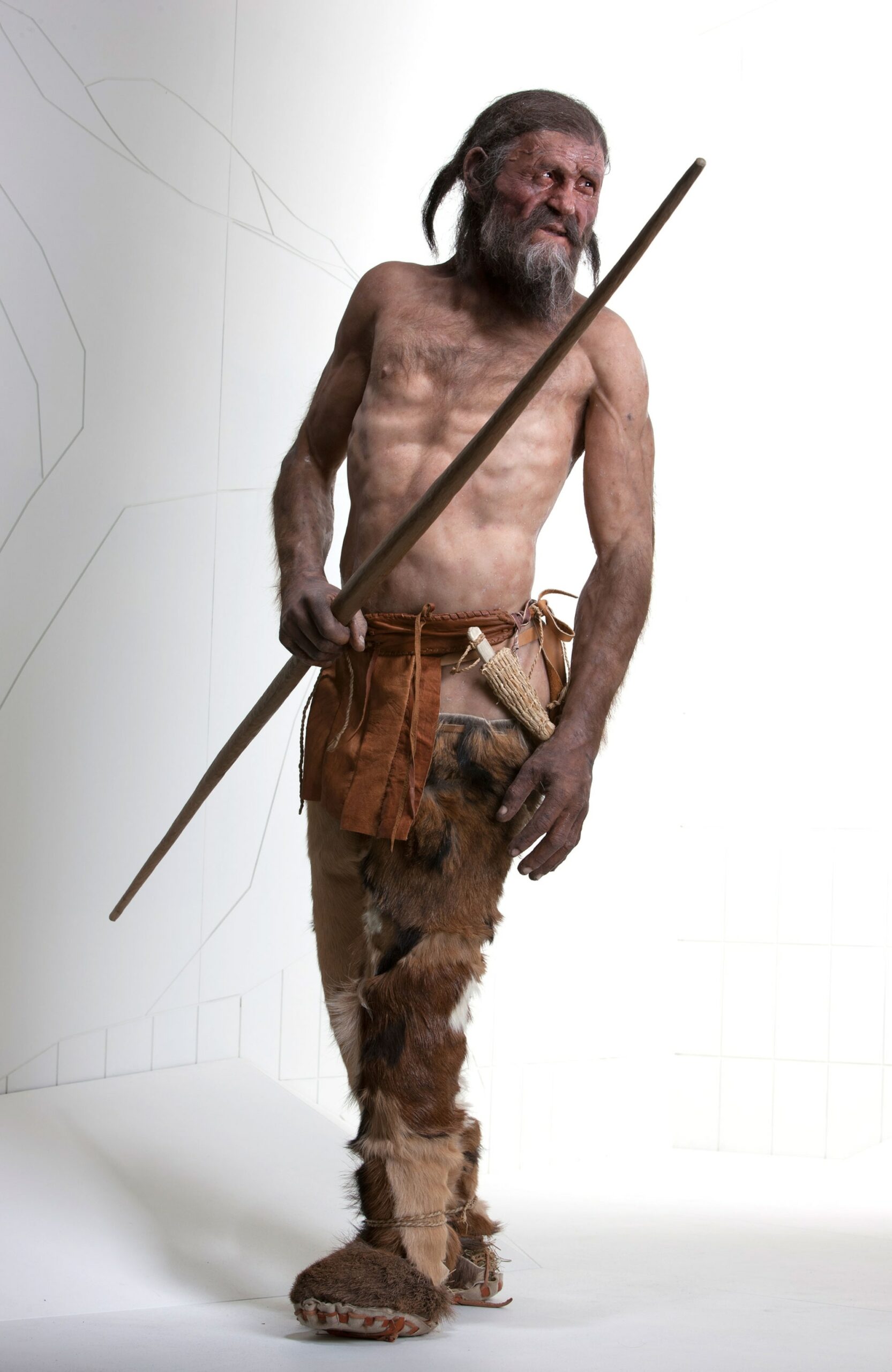
By comparing the mitochondrial DNA of ancient animals with modern species, scientists discovered that most of Otzi’s clothes were made from domesticated animals like cattle, sheep, and goats. However, his hat was crafted from brown bear fur, and his quiver from roe deer hide.
These findings suggest that Copper Age people engaged in hunting wild animals in addition to farming and livestock rearing. They made deliberate material choices from both wild and domestic sources. Otzi’s leather coat, intricately stitched from at least four different hides, was made using goat and cattle leather.
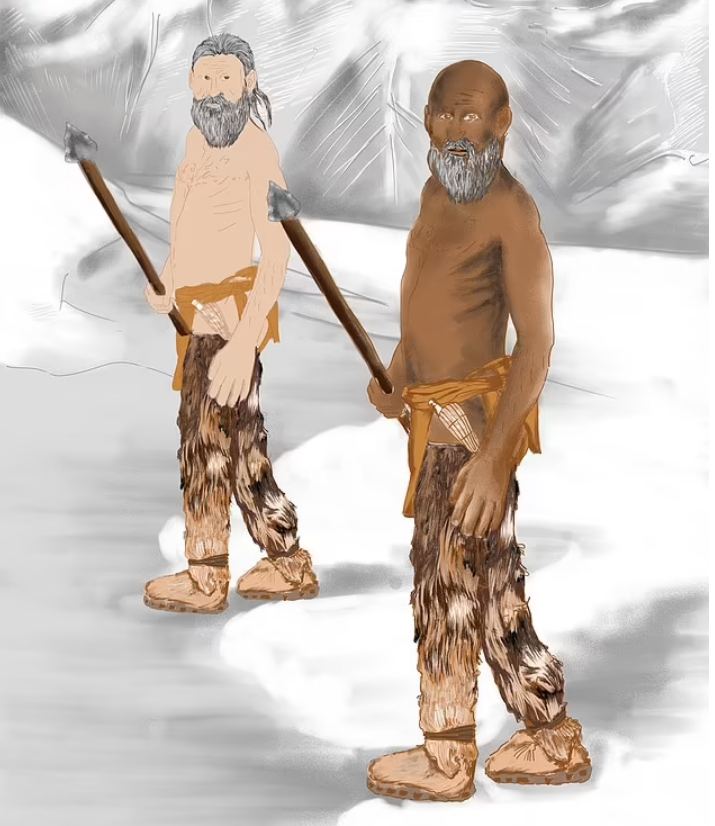
Otzi’s Life and Violent End
Despite his unique fashion sense, Otzi’s life was far from easy. DNA and other analyses revealed various health issues. At 45, he was considered old for his time and had a genetic predisposition to cardiovascular diseases. He also suffered from hardened arteries, lactose intolerance, dental problems, ulcers, and whipworm, an intestinal parasite.

However, his health problems did not cause his death. Otzi was murdered. A flint arrowhead found in his left shoulder likely pierced a critical blood vessel. Examining his wounds, researchers discovered the oldest red blood cells ever recorded.
The reasons behind Otzi’s presence over 9,800 feet high in the Italian Alps and the motive for his murder remain unknown. Nevertheless, his story continues to captivate both researchers and the public.

Otzi the Iceman’s well-preserved clothing and equipment offer a unique view into Copper Age fashion and lifestyle. His diverse wardrobe, crafted from both domesticated and wild animal materials, reflects the ingenuity and adaptability of early humans. Furthermore, analyzing his attire provides valuable insights into ancient manufacturing techniques and the fauna of his time.
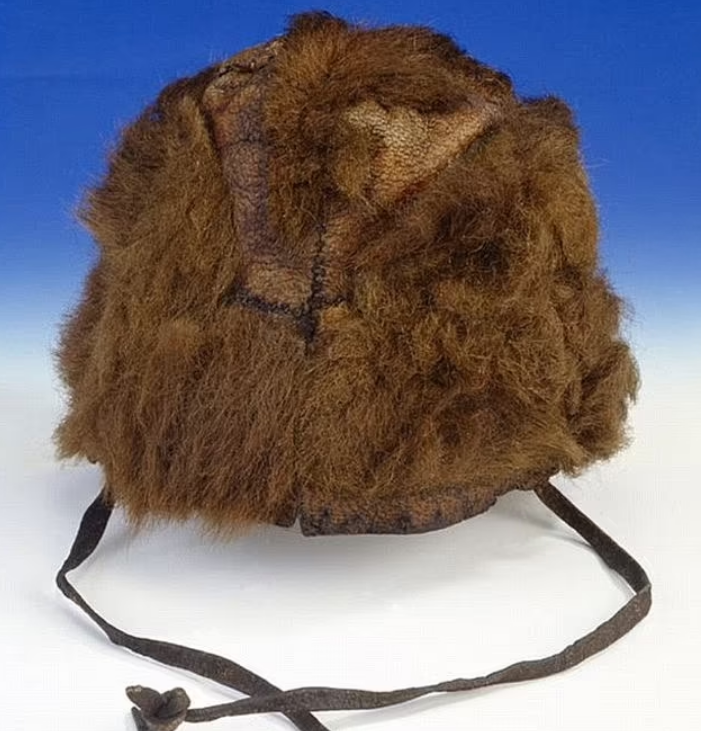
While Otzi’s fashion choices are fascinating, the mysteries surrounding his life and violent death are even more compelling. Despite numerous health issues, he met a violent end, leaving behind a historically significant legacy. Today, Otzi resides in the South Tyrol Museum of Archaeology in Bolzano, Italy, where he remains a subject of fascination and research. His story reminds us of our shared human history and the secrets that can be uncovered from the past.



